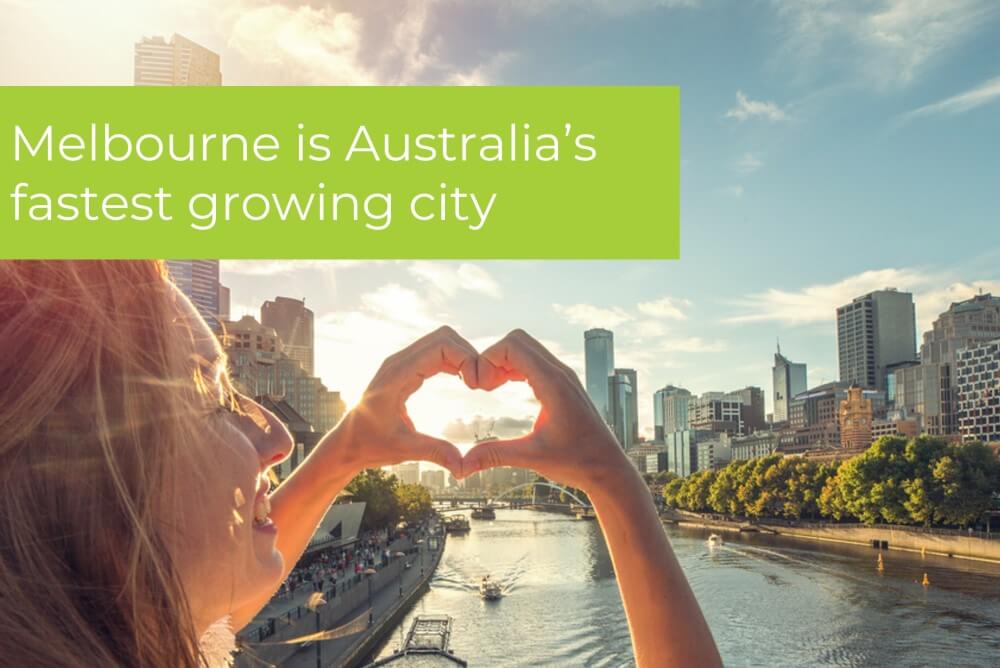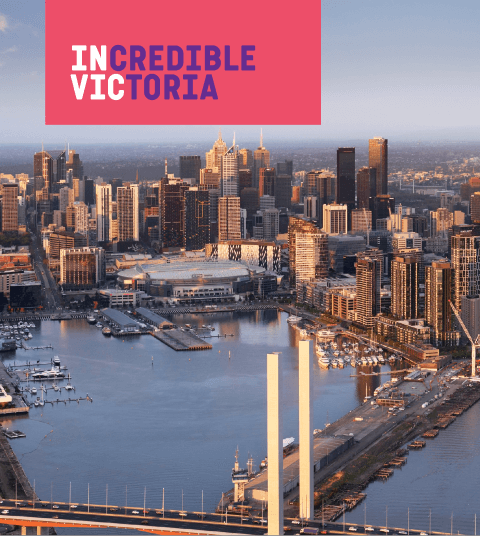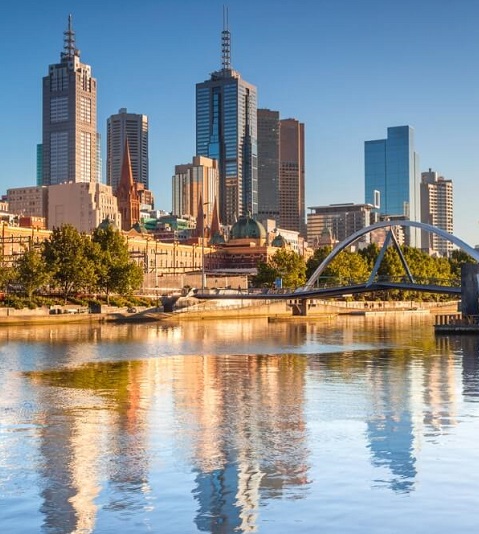Greater Melbourne demographics

Melbourne is a vibrant diverse city known for its rich cultural tapestry and dynamic population.
Melbourne demographic fun facts!
- Melbourne is Australia fastest growing city, with a population that has continuously surged over the past decade. This growth is a testament to the city’s appeal, offering a high quality of life and abundant of opportunities for residents
- Melbourne is a relatively young society with the median age of 37
- Melbourne is a well-educated and multicultural society
- The average number of children per family is 1.8 for families with children
- The average number of people per household is 2.6
- Median weekly household income is $1,901
Australian Bureau of Statistics
Whether you are looking for data on your target audience or for staff recruitment, the most up-to-date data is available at the Australian Bureau of Statistics (ABS).
The ABS regularly releases data on population demographics, such as
- People and population
- Education
- Cultural diversity
- Income and work
- Unpaid work and care
- Health
- Australian Defence Force service
- Families
- Dwellings
- Housing
- Aboriginal and/or Torres Strait Islander Peoples
You can visit the ABS website and navigate to the Census section or use their data search tool to find the latest demographic data.
Click here to find data on Greater Melbourne, Victoria and Australia.
You may also be interested in:
Victoria in the future - Populations and household projections to 2056.
Ready to unlock your business potential?
Explore your industry now!
2021 Census All Persons Quick Stats as at 29 April 2024



